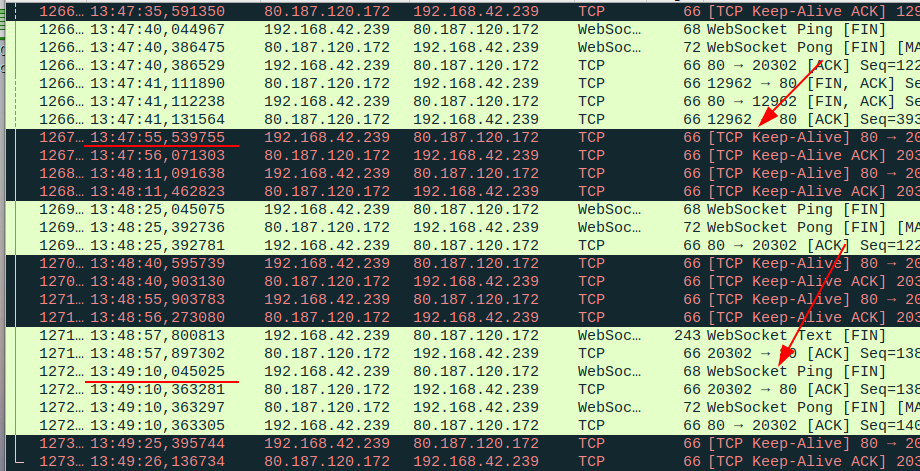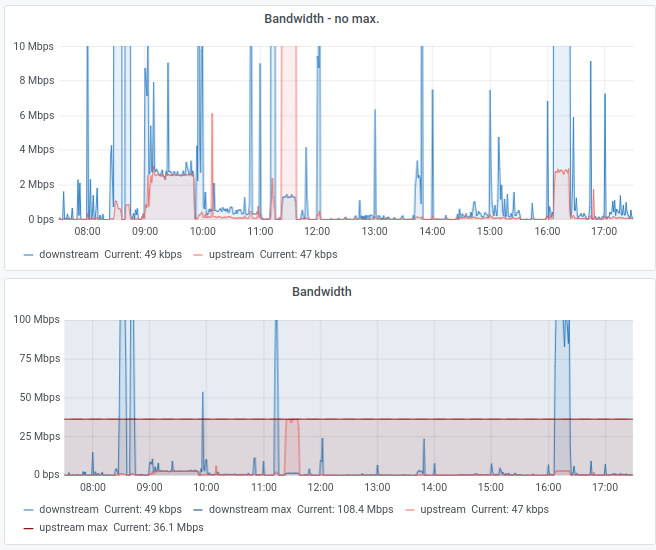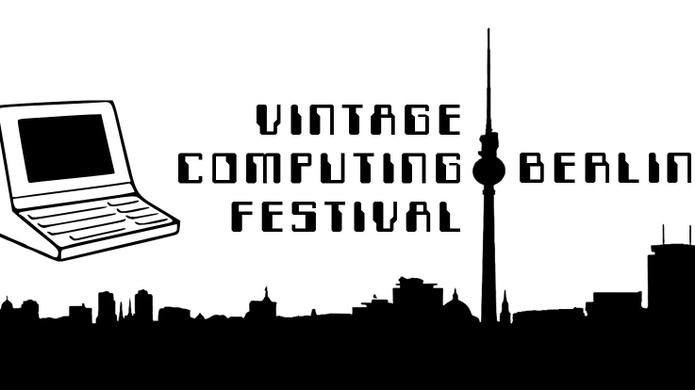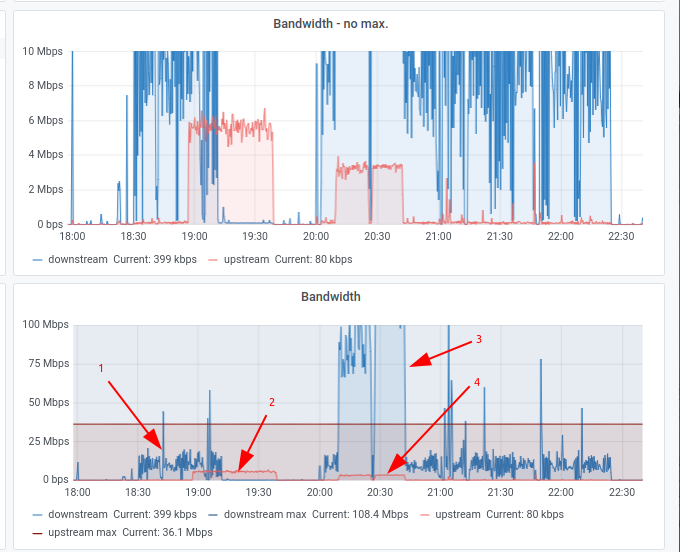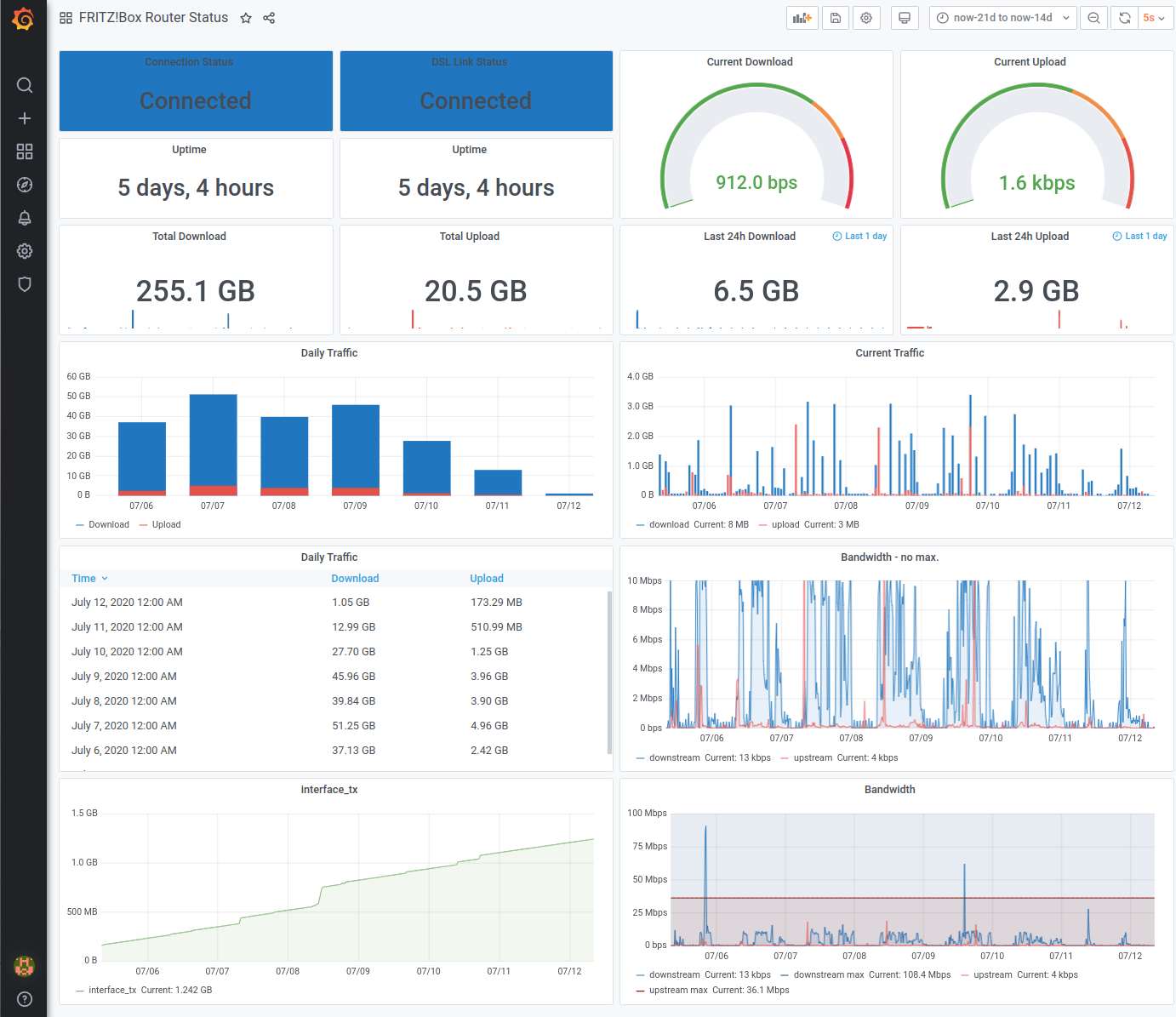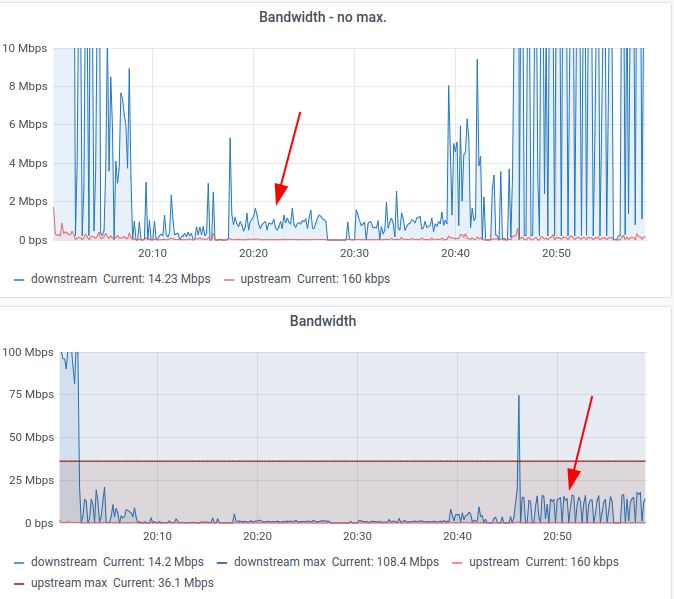Sometimes when I get visitors I am politely asked for the Wi-Fi password of my network. No problem with that but as my password even for the guest Wi-Fi is a bit complicated it’s a pain to type it in. A nice solution: My Wi-Fi router can display a 2D bar code in the Web-UI which most mobile devices can read today either in the camera app or with a separate bar code app and detect that it contains Wi-Fi configuration information.
While this works very nicely with my router at home, I do have some Wi-Fi access points that don’t have this function, so I was wondering how I could generate such a bar code myself.
